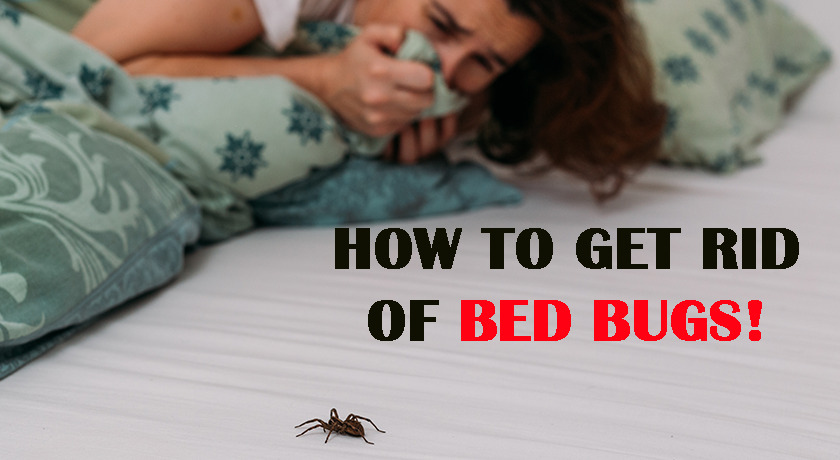The thought of having bed bugs can be scary and overwhelming. Depending on the degree of the infestation, it may take weeks to months to get rid of the tiny bloodsuckers. However, it is possible to exterminate bed bugs on your own. Here are some steps you can take to rid your home of bed bugs.
First, you must identify the bugs. According to WebMD, signs of a bed bug infestation include blood stains on your pillowcases or sheets, dark spots of bedbug feces on your sheets and mattress, and a foul smell that comes from the bug’s scent glands. If you are experiencing any of these signs, remove your bedding and thoroughly check for bugs. It is also recommended by WebMD to check the area around your bed including the carpet, telephone, books, and electrical outlets.
Once the infestation is identified, it is essential to try to contain it. According to the United States Environmental Protection Agency, you should seal any hiding places the bugs may be in, including cracks and crevices. The EPA recommends using silicon caulk to push the bugs out into the open. After this, you should remove any infested items and place them in a sealed bag. Protective covers are also recommended to seal mattresses and box springs; so the bed bugs get trapped and suffocate inside.
After the infestation is contained, it is now time to kill the bugs. According to healthline, you can either use a chemical or nonchemical treatment to remove the bugs. First, you can try washing your bedding and clothes in hot water for 30 minutes and then drying them for 30 minutes on high heat. Steam your mattress, clothes, and furniture on the highest setting. You can also try putting your bedding and clothes in a black garbage bag and leaving it outside on a hot day. If none of these methods work, healthline and the EPA recommends using insecticides. Some insecticides commonly used to remove bed bugs include pyrethrins, pyrroles, neonicotinoids, dessicants, and plaint oil-based products.



